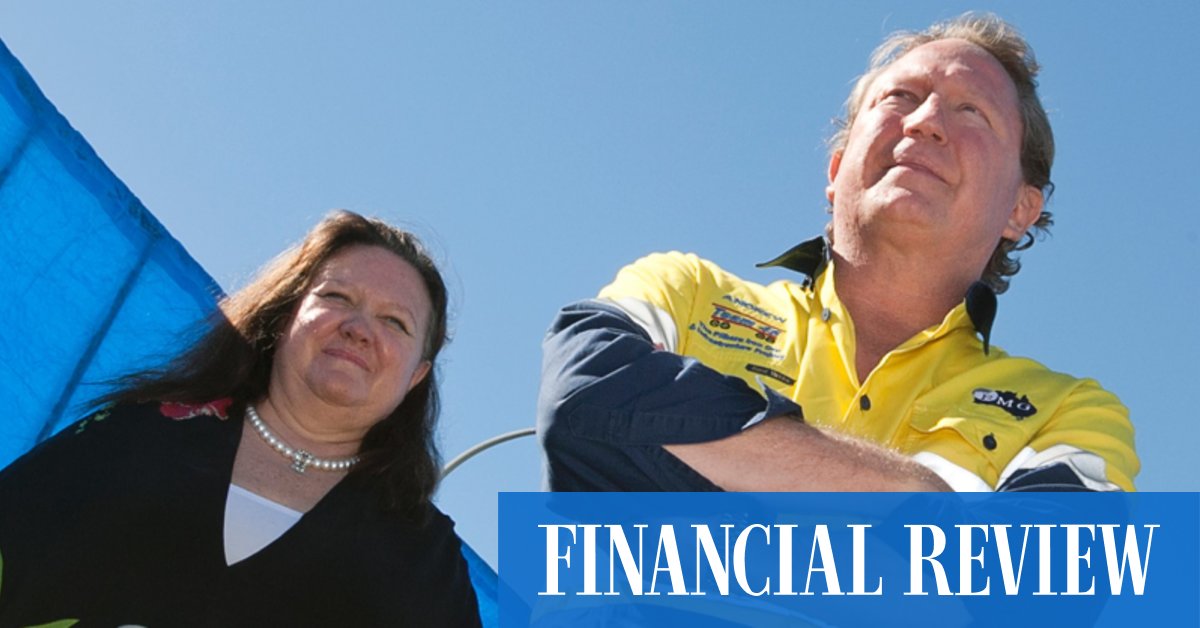The largest subset, 213 groups, are listed as engaged with the ATO but without any evidence to support a JT rating or not engaged in the process, while six are listed as reluctant to work for JT and 11 groups are not engaged.
“Fortunately, we have found that most of the large private groups correctly declare and meet their tax obligations,” Deputy Commissioner Kasey Macfarlane said in a statement.
“Significant” increase
The ATO expanded its target group after noting that between 2015 and 2018, taxes payable by the 320 largest private groups increased from $ 3.2 billion to $ 4.5 billion, according to the review.
This 40 percent increase compared to an increase of just 14 percent in tax payable by the following 180 largest private groups (which are now included in the top 500 group), compared to GDP growth of just 9 , 7 percent.
The ATO says the rise to the top 320 has been significant even after accounting for the impact of iron ore prices and surges in the real estate and construction industry.
Although the ATO review does not name the individuals, the difficulty of comparing tax rates is reflected in documents filed with the Australian Securities and Investments Commission by Hancock Prospecting of Gina Rinehart, who has declared an income tax of $ 287 million on income of $ 2 billion for 2015 and $ 600 million in income tax. on gross sales of $ 6 billion in 2018.
While ASIC accounts suggest Hancock’s tax bill has more than doubled, ATO tax transparency reports show a much smaller increase in tax payable, from $ 273 million to $ 352 million. of dollars.
In addition, Hancock’s 2015 accounts also included $ 710 million in mineral resource rent tax payable in 2015, up from zero in 2018 after the abolition of the MRRT, meaning he overall paid less. tax in 2018.
Andrew Forrest’s 36.25% stake in Fortescue Metals provided his Minderoo group with $ 45.9 million in dividends in 2015, rising to $ 211.3 million in 2018 (and $ 1.6 billion l ‘last year), but these payments were all fully prepaid.
“We have identified that large private groups often have lower levels of corporate governance, and in turn, investment in tax governance starts from a lower base,” the review said. ATO.
“In addition, large private groups are subject to less stringent (and therefore less transparent) regulatory reporting requirements, which are often complicated by opaque group structures and intra-group and related party transactions that occur in outside of tax consolidation.
The review listed common tax risks, including real estate developers using special purpose trusts to turn taxable income into profits into capital subject to capital gains tax; using trusts to divert company funds for private gain or divert income to self-directed super funds; R&Damage and transfer pricing.
The ATO Tax Evasion Task Force has raised $ 13 billion in reassessments since its inception in July 2016, out of which it has raised $ 7.3 billion in cash.

